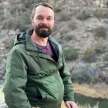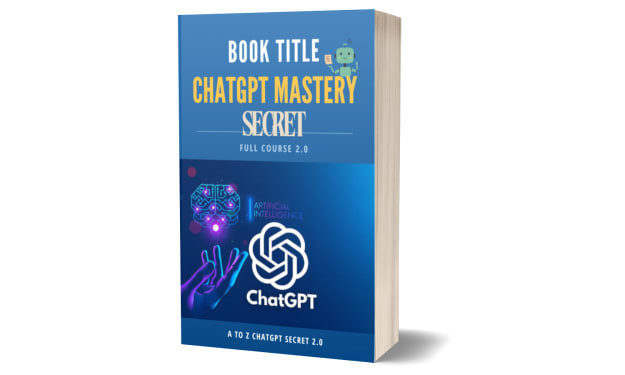Wilderness Maxims for Learning: Part 4
Maxim 4: Know the terrain, bring a map, and plan where you’re going ahead of time.

Maxim 4: –Know the terrain, bring a map, and plan where you’re going ahead of time.
And carry a walking stick or trekking poles! In a nod to sci-fi author Douglas Adams, I wanted to add ‘Bring a towel’ to this list of Wilderness Maxims for Learning, but perhaps just mentioning it is enough.
This week’s maxim focuses on the power of the individual to prepare for challenges ahead with success in mind (even if the goal is not accomplished). When I worked as a private investigator in Los Angeles, my boss would often say, “Get as much done as possible in the office before you head out into the field.” It’s the same concept with this maxim, which perhaps reads as deceptively simple or obvious. What does this look like in a typical classroom, though? How many students really ‘know the terrain’ of their studies, can map their own learning journey ahead of and behind them, or refer to a personal learning plan to keep from getting stuck or lost?
It shouldn’t be such a stretch to connect this maxim to a modern classroom, but it often is. How can an individual student better prepare for learning? What do learning maps or plans even look like?

Connection to Learning:
During my graduate studies to become a teacher, I was assigned to ‘shadow’ a 10th-grader for one full day through his class schedule. I was to observe him, take notes on what I saw in his lessons, and otherwise not engage with anyone. What I learned about a student’s typical school day transformed my teaching practice, and some of my observations were later researched and verified by others.
Mostly, the experience was loud, and moving through the schedule was disorienting. Rules, procedures, and learning tempo changed from one teacher to another, with each shift requiring a transition period for my brain to reset. I was lost for the first ten minutes in Math class because we had just come from English via a chaotic three-minute passing period. By 11 am, I stopped tracking each time a teacher said, “Be quiet,” or “Stop talking,” or worse. Conversely, I’d also lost track of how often I’d then heard those same teachers later fishing for engagement from their silenced students.
Where were the student’s learning maps or plans? While real learning can often be loud and spontaneous, it doesn’t benefit from cramming as many standards as possible into an 8-hour day. There is an undeniable legacy of ‘drill and kill‘ in education. This is not only an issue seen in classrooms, but also in one-to-one instruction, personal studies, or when writing an essay. Wandering in the wilderness, while potentially fun for a short loop, can quickly become a dangerous undertaking when we’re up against challenges, even for experts. Self-directed learning, however—which is not often taught in large classroom settings—is critical to building new knowledge. The reality is that we need to provide opportunities for all learners to build and adjust their own plans using responsive guidance and dynamic support.
If your instructor is not already helping you to track your learning, practice daily reflective writing to build your own maps. As a teacher, I would often play calming instrumental music at the start of class while students completed a warm-up activity. Often, warm-ups were simply 5–10 minutes of reflective writing about previous lessons, achievements, obstacles, practical or motivational reminders, and next steps. This process was often repeated to close out the final 5–10 minutes of class. This sort of mindfulness practice can be done at home, as well, or in a higher education setting, and can help make learning more of a meaningful adventure.

Discussion/Journaling Prompt:
Think of something that you are “really good at” doing, and use specific details to describe what it takes to succeed at this. You can either “free write” about anything that comes to mind when you think of this skill, or you can consider any of the following guided questions and prompts to explore this more closely:
- What are some of the mini-skills required to succeed, and did anyone help you improve?
- What was it like (emotionally/physically/personally) to learn ‘the terrain’ of this skill?
- Draw or build your own ‘mind map’ outlining all of your knowledge about this skill.
- What kinds of ‘plans’ have you made (or even adjusted) to practice and master this skill?
- What did it feel like to transform from ‘not very good’ at this skill to being ‘adept’?
- In what ways did any specific mistakes, delays, challenges, or failures actually end up helping you to develop your skill?
- How does personal enjoyment impact your ability to perform this skill, and did you ever have to “trick” yourself into enjoying the really difficult parts of learning?
- Do any of the lessons you’ve learned from developing this skill translate to other parts of your life, even to something that you think you are “not good at” doing?
More is to come in Part 5 of this Summer Series on Wilderness Maxims for Learning. Like, share, subscribe, or comment if these ideas resonate with you.
About the Creator
Philip Canterbury
Storyteller and published historian crafting fiction and nonfiction.
2022 Vocal+ Fiction Awards Finalist [Chaos Along the Arroyo].
Top Story - October 2023 [All the Colorful Wildflowers].






Comments (1)
Love it and agree totally!